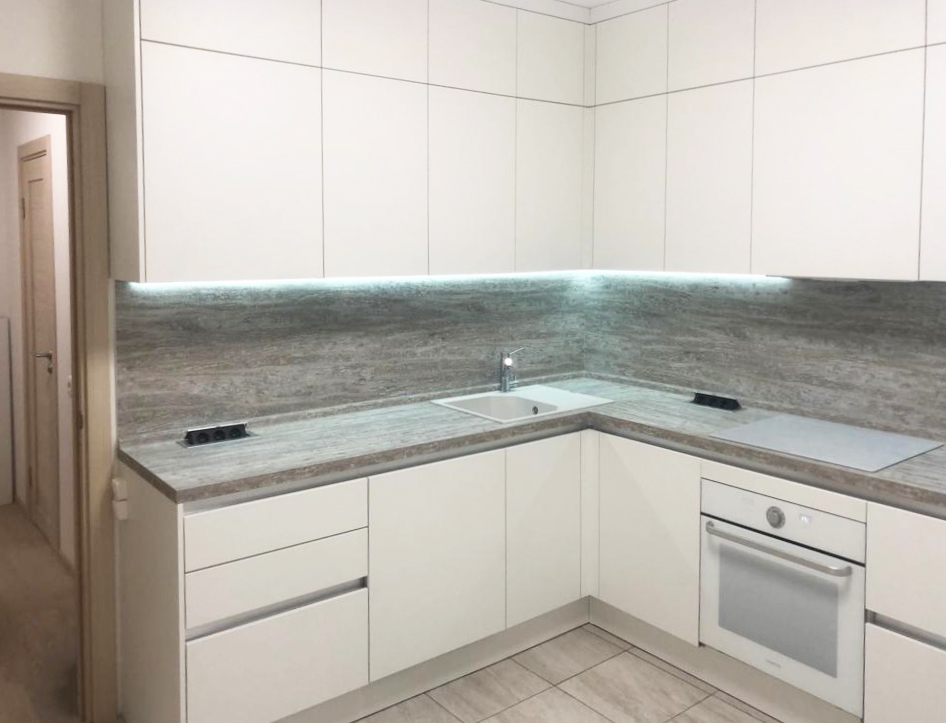
Introduction to Culinary Space Transformation
Transforming culinary spaces is an art of blending functionality with aesthetic appeal, creating an environment that not only inspires the chef but also adds an element of elegance to the space. Whether you are renovating a home kitchen or designing a professional restaurant space, the goal is to achieve a balance between style and practicality.
Understanding the Elements of Design
Before diving into a culinary space transformation, it is essential to understand the different elements that contribute to the overall design. This includes color schemes, lighting, materials, and layout. Color can influence mood and appetite, while lighting not only serves a functional purpose but also enhances the ambiance. Materials must be chosen for their durability and ease of cleaning, and the layout should promote an efficient workflow.
Maximizing Space with Smart Layouts
A well-thought-out layout is crucial in any kitchen design. It is important to maximize space efficiency, especially in smaller kitchens. The classic work triangle concept, where the stove, sink, and refrigerator are placed in a triangular layout for easy access, is a foundational principle in kitchen design. However, modern transformations might include adding an island for additional prep space and storage or incorporating creative solutions for appliance placement to maintain a sleek and organized appearance.
Choosing Elegant and Durable Materials
The choice of materials can make or break the elegance of a culinary space. Natural materials such as stone, marble, and hardwood can bring warmth and timeless beauty to the kitchen, while stainless steel and glass can reflect a more modern and sleek aesthetic. It is important to select materials that are not only visually appealing but also highly durable and able to withstand the rigors of a busy culinary environment.
Innovative Storage Solutions
To maintain an elegant space, clutter must be kept to a minimum. Innovative storage solutions can help achieve a clean and organized look. This might include built-in cabinets that reach the ceiling, corner drawers, pull-out pantries, or custom inserts for utensils. A well-organized kitchen can greatly enhance the functionality of the space and its overall elegance.
Integrating Technology Seamlessly
Modern culinary spaces can benefit greatly from the integration of technology. From smart appliances that can be controlled via smartphone to digital assistants that provide recipes and timers, technology can make cooking more efficient and enjoyable. The key to integrating technology elegantly is to ensure that it enhances the space without overwhelming it, maintaining a balance between innovation and classic design elements.
Lighting as a Design Element
Lighting plays a pivotal role in defining the aesthetic of any culinary space. Ambient lighting sets the overall mood, task lighting is vital for food preparation areas, and accent lighting can highlight certain features or decorations. A combination of different lighting types can transform a kitchen from a purely functional space into one that is both practical and inviting.
Final Touches: Accessories and Decor
The final touches in any culinary space transformation involve selecting the right accessories and decor. This may include art pieces, plants, or unique hardware that complement the design theme. Decor items should be chosen carefully to contribute to the elegant feel of the space without causing clutter or distraction.
Conclusion
Transforming culinary spaces elegantly is about striking the perfect balance between beauty and utility. By carefully considering design elements, layout, materials, storage, technology, lighting, and decor, it is possible to create a space that is both functional and visually stunning. An elegantly transformed culinary space not only enhances the cooking experience but also becomes the heart of the home or the showpiece of a professional establishment.